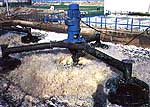

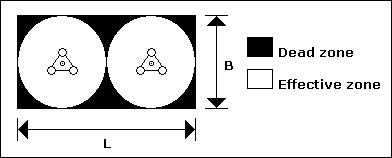
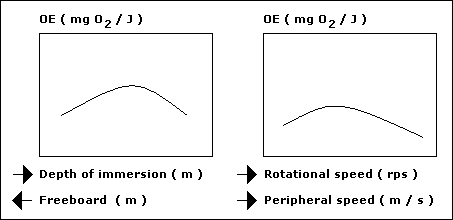
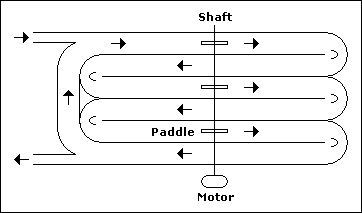
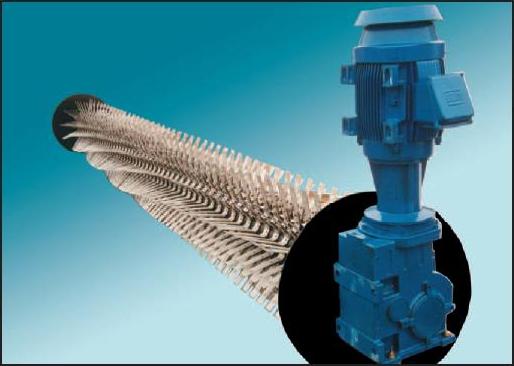
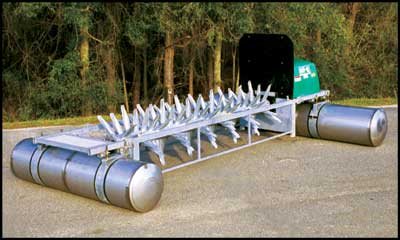
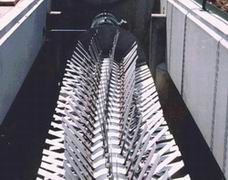
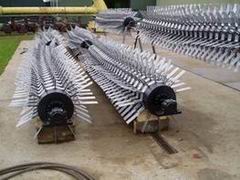
 Usfilter
Usfilter
|
 Spaansbabcock
Spaansbabcock
|
 Giantexplorer
Giantexplorer
|
 Aireo2
Aireo2
|
 Biwater
Biwater
|
 EPA
EPA
|
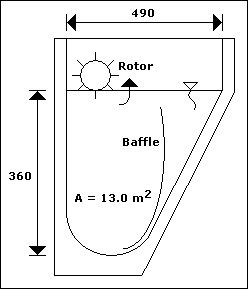
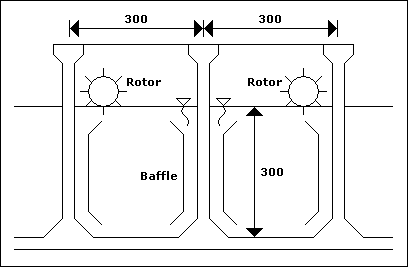

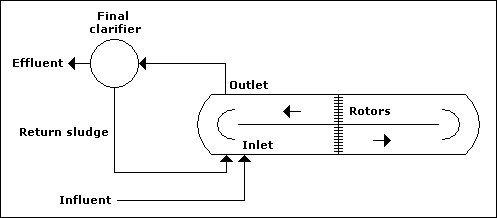



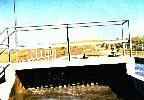 |
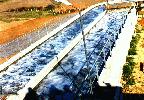 |
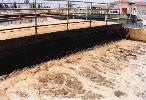 |
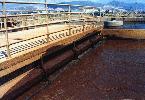 |
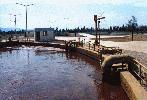 |
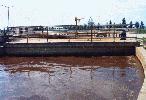 |
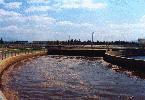 |
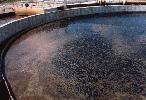 |
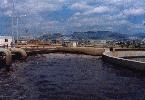 |
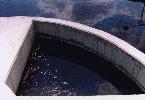 |
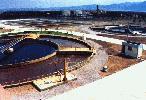 |
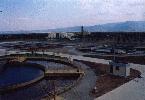 |
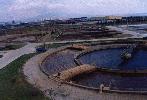 |
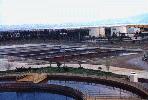 |
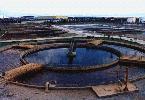 |
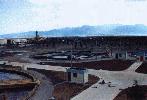 |
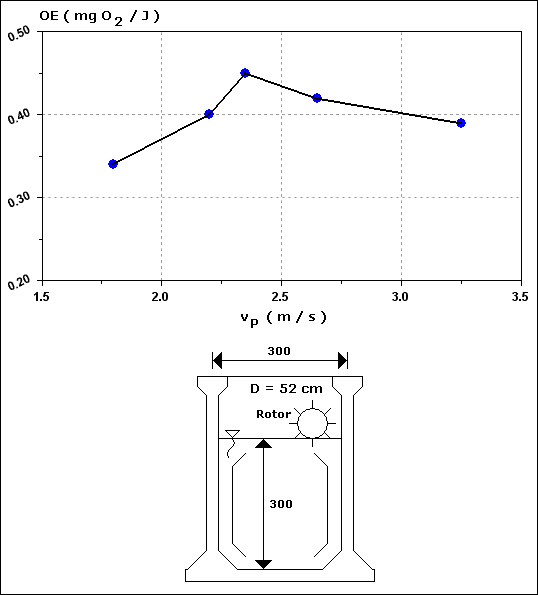
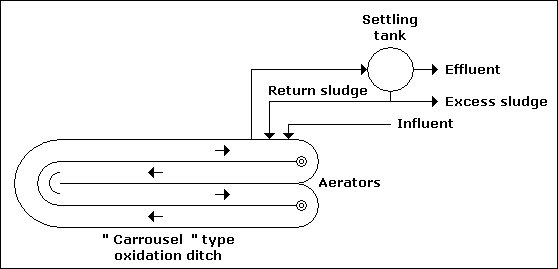
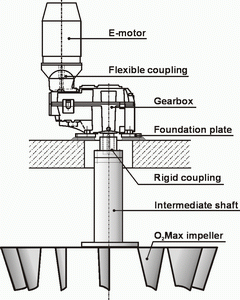
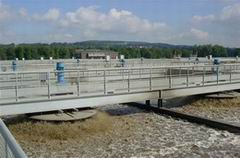
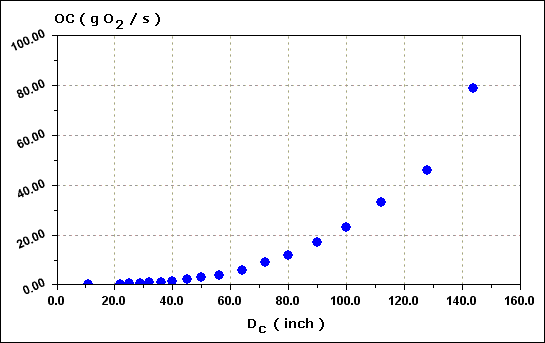
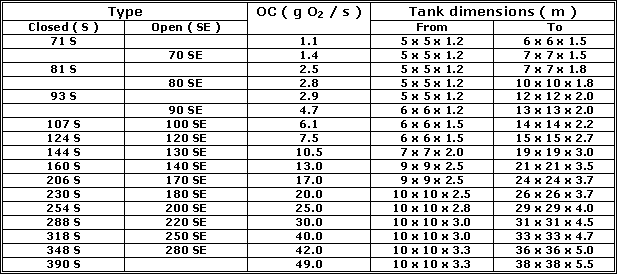
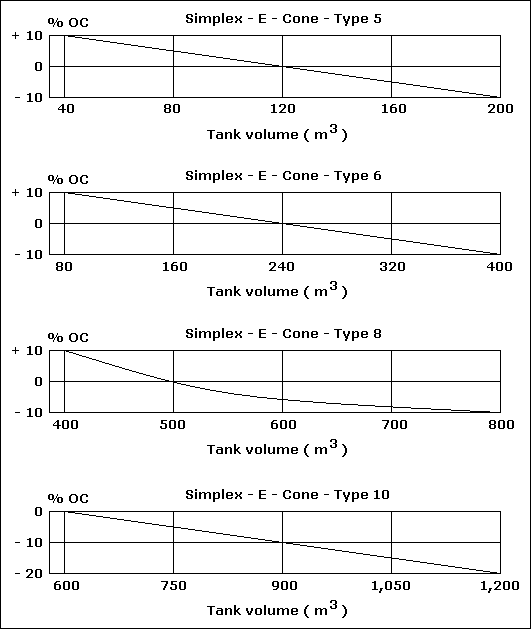
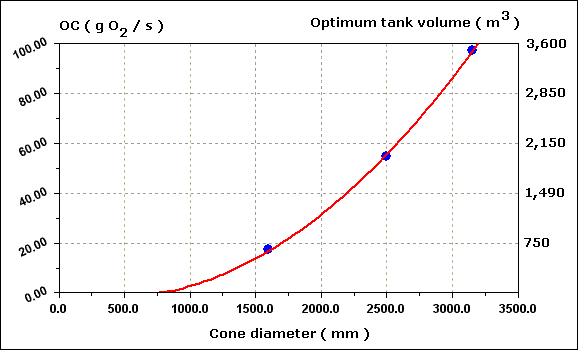

 Usfilter
Usfilter
|
 Spaansbabcock
Spaansbabcock
|
 Giantexplorer
Giantexplorer
|



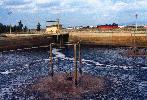 |
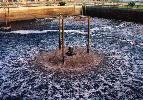 |
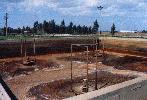 |
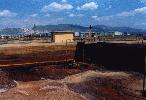 |
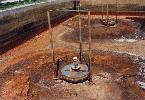 |
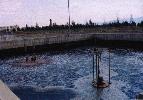 |
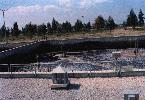 |
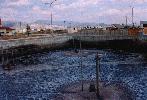 |
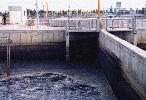 |
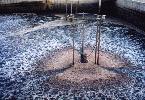 |

| Turbine / Cone | D C | k C | k I | n | m |
| BSK | 2.0 | 0.028 | 2.9 | 2 | 3 |
| BSK | 3.0 | 0.028 | 3.3 | 2 | 3 |
| Simcar | 2.3 | 0.015 | 3.1 | 2 | 3 |
| Simcar | 3.6 | 0.015 | 1.9 | 2 | 3 |
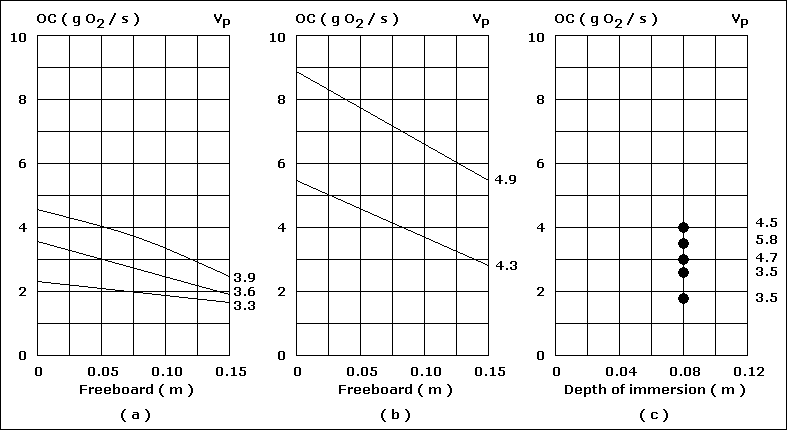
| Angle of plates | rpm | v P ( m / s ) |
| Radially | 83 | 4.5 |
| 25 O | 107 | 5.8 |
| 25 O | 87 | 4.7 |
| Radially | 65 | 3.5 |
| 25 O | 65 | 3.5 |
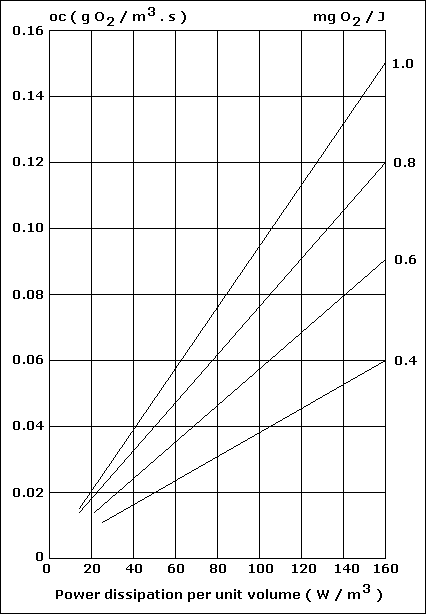
| Experimental conditions | OE O | k OE | Dimension of OE |
| Various surface aerators V = 110 - 1,200 m 3 N G = 4 - 55 kW EPSILON G = 10 - 60 W / m 3 |
0.33 1.20 |
0.009 0.032 |
mg O 2 / J kg O 2 / kWh |
| Aqua - Lator V = 200 - 2,000 m 3 N G = 4 - 40 kW EPSILON G = 20 - 100 W / m 3 |
0.42 1.50 |
0.002 0.006 |
mg O 2 / J kg O 2 / kWh |
| BSK, 3 m diameter V = 1,200 m 3 N G = 25 - 80 kW EPSILON G = 20 - 65 W / m 3 |
0.44 1.60 |
0.003 0.012 |
mg O 2 / J kg O 2 / kWh |
| Explanation | Language | Connect |
Aeration Equipments from " Passavant - Geiger " |
English |
 |

